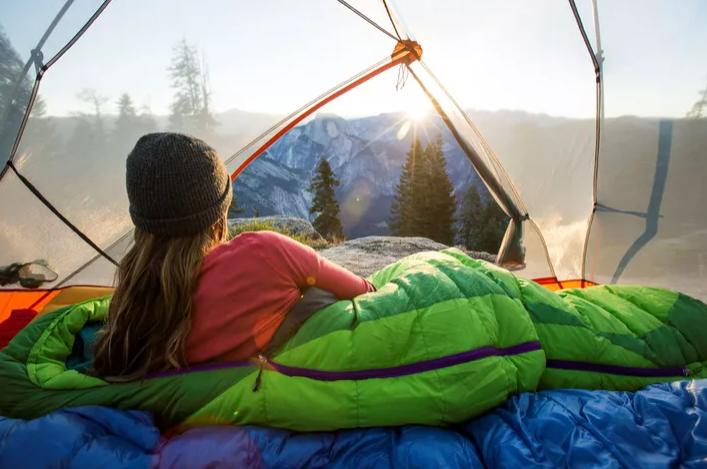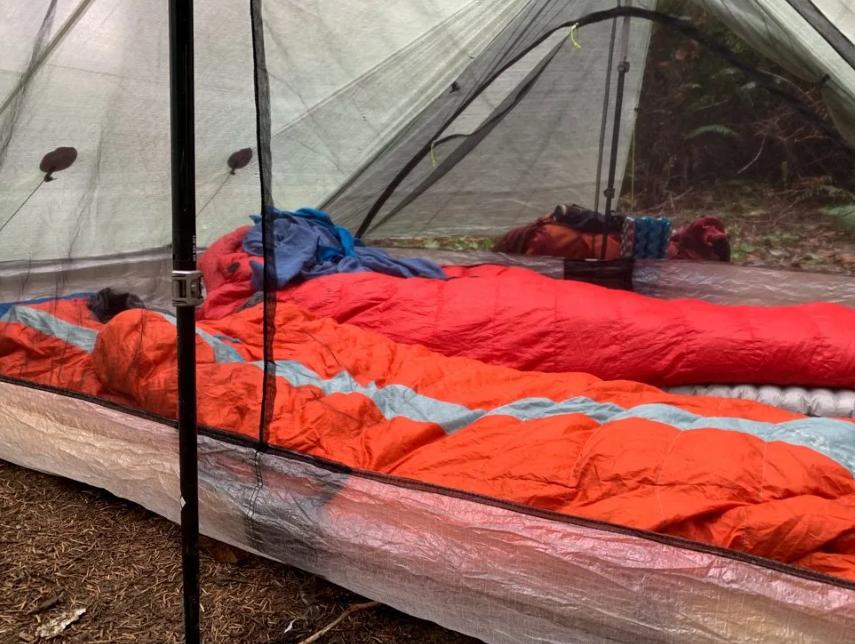Camping in cold weather can be a thrilling adventure, but how to stay warm in a tent is crucial for a comfortable and safe experience. If you’re unprepared, chilly nights can quickly turn into an uncomfortable ordeal. However, with the right strategies and gear, you can ensure your tent stays warm, allowing you to enjoy your outdoor adventure even when temperatures drop. This guide covers essential tips and expert advice to help you keep the cold at bay. Whether you’re a seasoned camper or new to cold-weather camping, understanding how to stay warm in a tent can make all the difference. From choosing the right sleeping gear to setting up your tent strategically, these tips will ensure you stay cozy and warm throughout the night, so you can wake up refreshed and ready for the day ahead.

What Gear Do You Need to Stay Warm in a Tent?
When camping in cold conditions, having the right gear is essential to maintaining warmth throughout the night. Let’s explore the most critical items you should bring along to stay warm in your tent.
High-Quality Sleeping Bag
A high-quality sleeping bag is your first line of defense against the cold. Opt for a sleeping bag rated for temperatures lower than you expect to encounter. Down-filled sleeping bags offer excellent warmth-to-weight ratios, making them ideal for cold-weather camping. Make sure your sleeping bag is well-fitted to minimize space inside, which helps retain body heat. A mummy-style sleeping bag, which tapers towards the feet, can further enhance warmth by reducing the amount of cold air trapped inside. Always test your sleeping bag before your trip to ensure it provides adequate insulation.
Insulated Sleeping Pads
Sleeping pads are often overlooked, but they play a crucial role in insulating you from the cold ground. An insulated sleeping pad with a high R-value can prevent heat loss and keep you warm. Look for pads specifically designed for cold weather, as they contain materials that reflect your body heat back towards you. Foam pads are excellent for insulation, while inflatable pads can provide a combination of comfort and warmth. Layering multiple pads can also be an effective strategy in extremely cold conditions.
Hot Water Bottle and Hand Warmers
Sometimes, even with the best sleeping gear, you may need an extra heat boost. A hot water bottle can be a lifesaver on particularly cold nights. Fill it with hot water before bed and place it inside your sleeping bag to keep your core warm. Hand warmers can also be strategically placed in your sleeping bag or pockets to provide additional warmth. These simple tools are lightweight and easy to carry, making them an excellent addition to your cold-weather camping gear.
How Can You Set Up Your Tent to Maximize Warmth?
The way you set up your tent can significantly impact your ability to stay warm during the night. Here’s how you can optimize your setup to retain as much heat as possible.
Choosing the Right Campsite
Selecting the right campsite is the first step in ensuring a warm night. Look for a site that offers natural windbreaks, such as trees or boulders, to protect you from chilly winds. Avoid low-lying areas where cold air tends to settle overnight. Instead, choose a slightly elevated spot that receives sunlight during the day. This will help warm the ground before nightfall. Additionally, check the ground for moisture, as wet ground can sap heat from your tent.
Insulate Your Tent
Insulating your tent can make a substantial difference in maintaining warmth. Start by laying a ground tarp or footprint underneath your tent to prevent cold air and moisture from seeping in. Inside the tent, use an emergency blanket or reflective foil to line the walls and ceiling, which helps reflect your body heat back towards you. Adding a tent carpet or extra blankets to the floor can also create an additional layer of insulation. Ensuring your tent is well-sealed with no gaps can further prevent cold air from entering.

Proper Ventilation Techniques
While it might seem counterintuitive, proper ventilation is vital for staying warm. Without ventilation, condensation can build up inside your tent, leading to dampness that will make you feel colder. Open vents or windows slightly to allow moisture to escape without letting in too much cold air. Using a vented rainfly can also help in managing condensation while keeping the interior of the tent dry and warm. Balance is key—enough ventilation to prevent dampness, but not so much that you lose too much heat.
What Should You Wear to Stay Warm in a Tent?
What you wear inside your tent can greatly influence your warmth. Start with a base layer of moisture-wicking thermal underwear to keep sweat off your skin. Add an insulating layer like fleece or down for added warmth. Finally, wear a shell layer if you need extra protection against cold air. Always keep a hat, gloves, and warm socks on, as extremities are most susceptible to the cold. Avoid wearing clothes that are too tight, as this can restrict circulation and reduce warmth.
Why Is Pre-Sleep Preparation Important for Staying Warm?
Preparation before bed is crucial for maintaining warmth throughout the night. Eat a warm, high-calorie meal to fuel your body’s heat production. Doing light exercises, such as jumping jacks, can also raise your body temperature before you slip into your sleeping bag. Use the restroom before bed to avoid getting up in the middle of the night, which can let cold air into your tent. Ensuring you’re fully dry before bed also prevents moisture from cooling your body down.
Conclusion
Staying warm in a tent during cold nights requires careful planning and the right equipment. If you’re wondering how to stay warm in a tent, it starts with choosing quality gear, setting up your tent strategically, dressing appropriately, and preparing yourself before bed. By following these steps, you can enjoy a comfortable and cozy night’s sleep even in freezing conditions. Remember that staying warm is not just about comfort—it’s also about safety, as prolonged exposure to cold can lead to hypothermia and other cold-related illnesses. With these tips, you can confidently embark on your cold-weather camping adventures, knowing you have the knowledge to stay warm and safe.
FAQ
Can I use an electric heater in my tent to stay warm?
Yes, you can use an electric heater in your tent, but it’s important to do so with caution. Ensure the heater is designed for tent use and has safety features like an automatic shut-off if tipped over. Always provide proper ventilation to prevent carbon monoxide buildup. Never leave the heater unattended while sleeping, as this poses a fire risk.
How do I keep my tent warm without a campfire?
To keep your tent warm without a campfire, focus on insulation and body heat retention. Use high-quality sleeping gear, insulate your tent, and bring heat sources like a hot water bottle or hand warmers. Proper campsite selection and setting up your tent out of the wind can also help retain warmth.
Should I sleep with my head covered in a tent?
It’s generally not recommended to sleep with your head fully covered, as this can trap moisture from your breath inside your sleeping bag, leading to dampness and cold. Instead, wear a warm hat or balaclava to keep your head warm while allowing moisture to escape. If you feel cold, consider using a sleeping bag with a hood to cover your head partially.

0 Comments